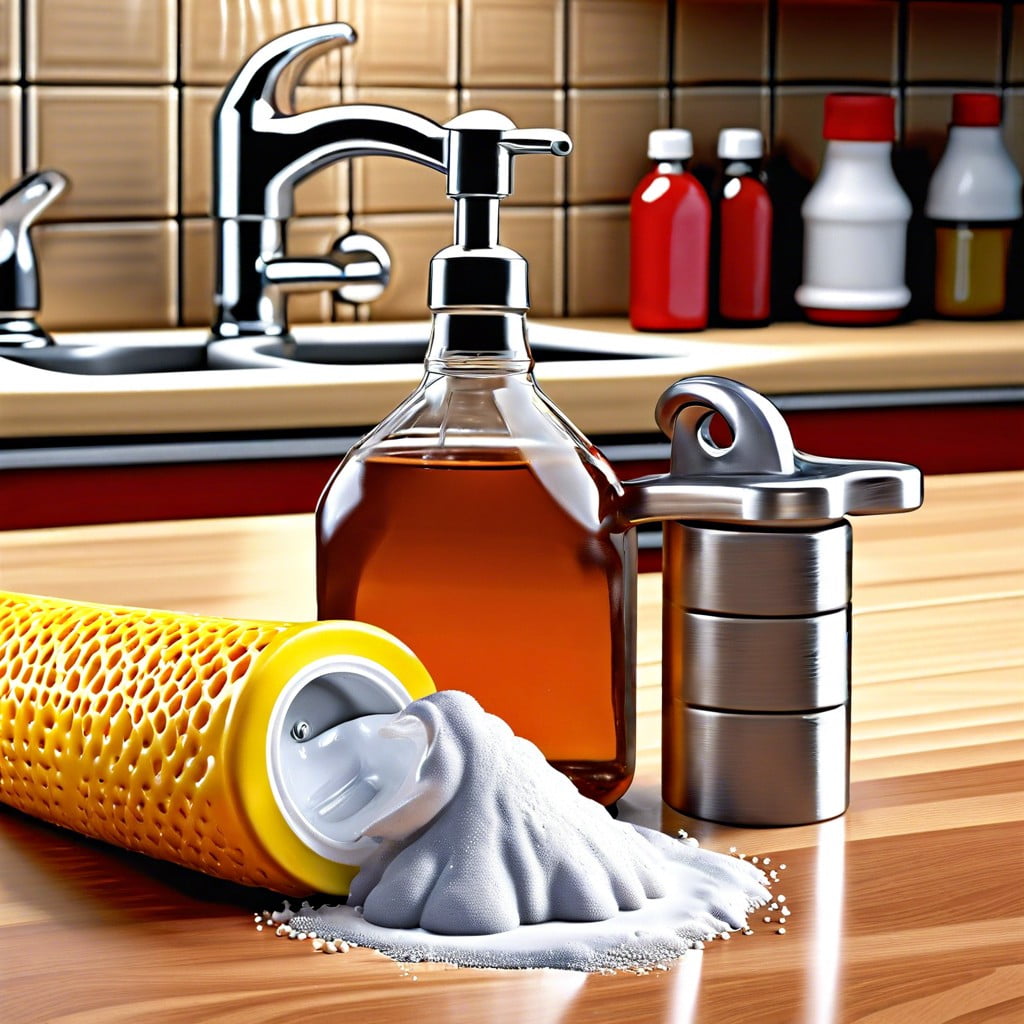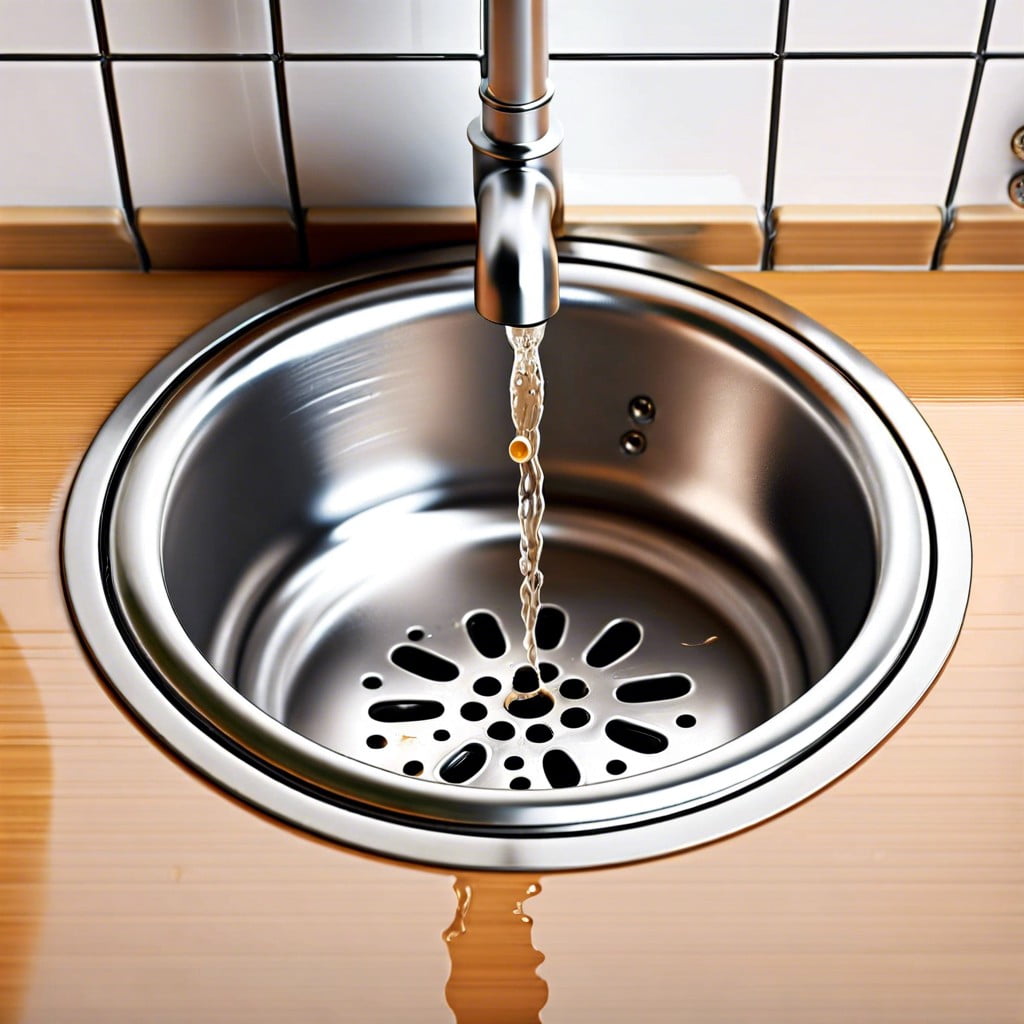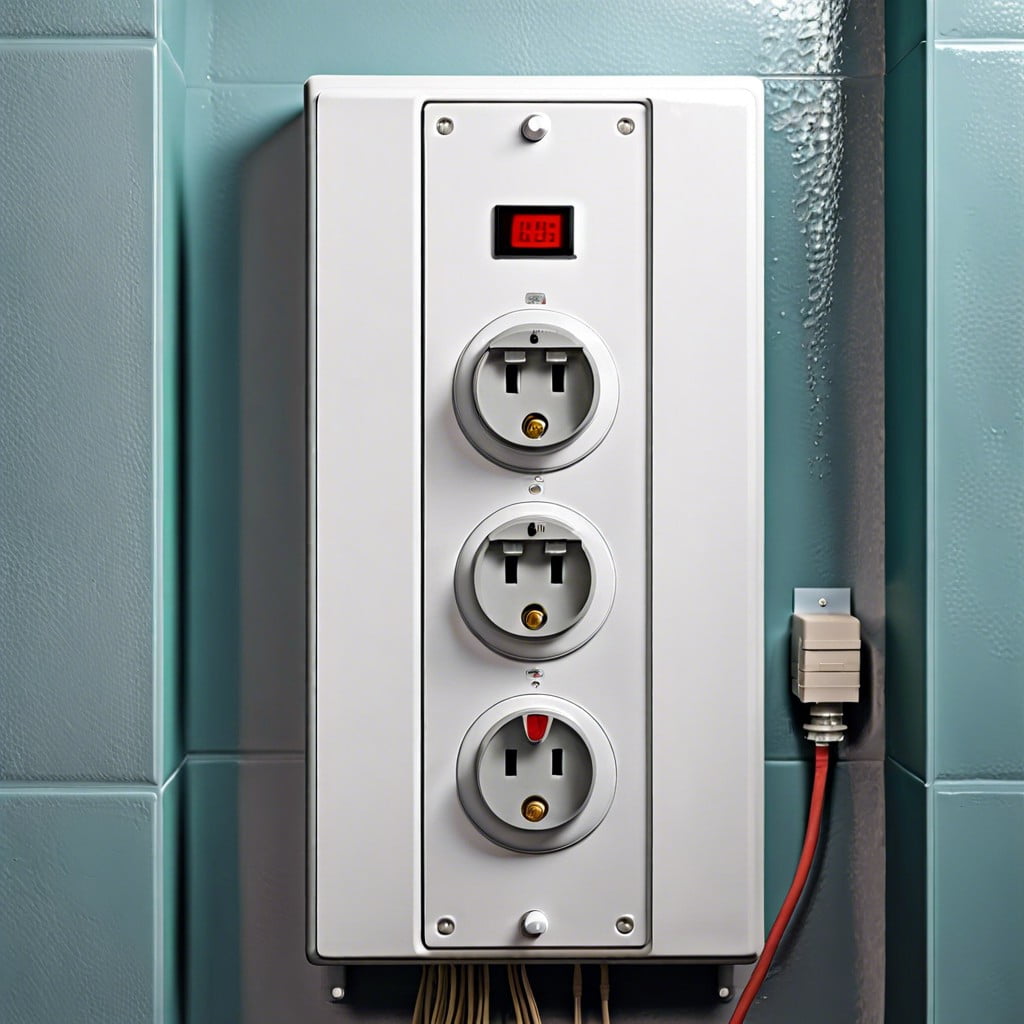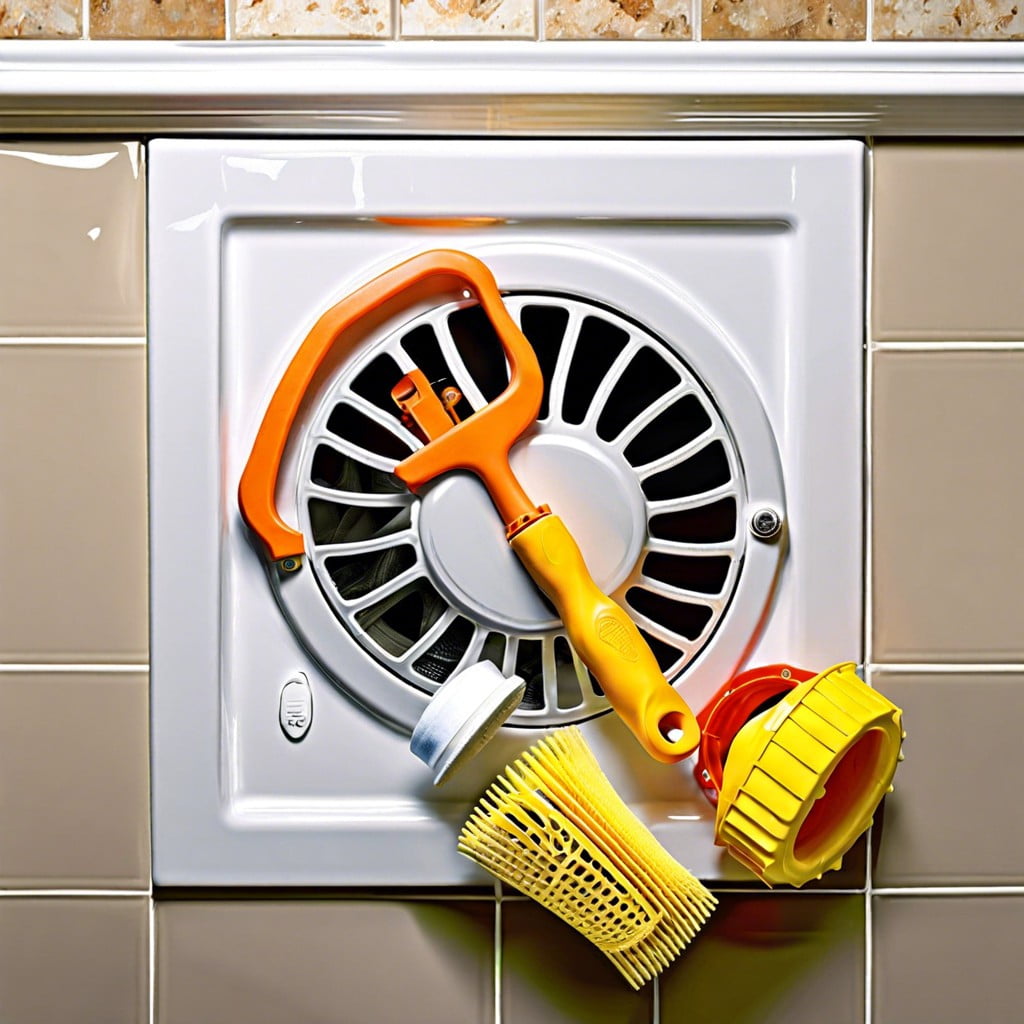Last updated on
Learn the essential steps to successfully install tile flooring in your home, from preparing the substrate to ensuring proper alignment and grout application.
Key takeaways:
- Ensure subfloor is level, clean, and dry.
- Calculate tile quantity and choose the right tile.
- Determine layout strategy and mark reference lines.
- Apply adhesive and place the first tile carefully.
- Mix grout and apply it evenly for a smooth finish.
Assessing Subfloor Condition
Before a single tile is laid, a solid foundation is critical. Ignoring subfloor defects can sabotage your tiling, leading to cracks or unevenness.
Ensure your subfloor is level, clean, and dry. Plywood or concrete, every material has its own prep needs—for concrete, check for cracks and fill them; for wood, ensure it’s secure and not warped.
An investment in a self-leveling compound pays dividends for a flawlessly flat surface. Remember, your tile is only as good as what’s underneath it.
Calculating Tile Quantity and Choosing the Right Tile
To avoid being left high and dry with an incomplete floor, accurately calculating tile quantity is crucial. Start by measuring the length and width of the bathroom and multiply these numbers to obtain the square footage. Remember to factor in an additional 10% for cutting waste and potential breakage; a testament to the adage ‘better safe than sorry’.
When it comes to selecting tiles, weigh the aesthetic allure against functionality. Porcelain and ceramic tiles reign supreme in durability and moisture resistance—qualities paramount in a bathroom setting. Moreover, smaller tiles might be advisable for those seeking a safer, more slip-resistant surface, due to their grout lines offering better grip. Conversely, larger tiles may appeal to minimalists for a sleeker look but remember they require a perfectly level subfloor. The choice of texture and finish should also harmonize with your overall design and practical needs, perpetuating both style and substance.
Determining Layout Strategy and Marking Reference Lines
The heart of a visually appealing tile floor lies in the precision of its layout. Envisioning the best layout is an art combined with a bit of strategic thinking. First, consider the room’s shape and focal points. Do you start in the center, where it creates a balanced look, or shift tiles towards one side to minimize cuts at a prominent wall?
With a layout in mind, grab a chalk line to mark your reference points on the subfloor. Extend the chalk line from the center to the walls, ensuring the lines are perpendicular using the 3-4-5 triangle rule—a timeless trick that ensures your angles are square.
Remember, these lines are your guideposts to a flawless finish. They prevent drifting during installation and serve as a quick double-check for alignment as you move along with tile placements. Your attention to detail here paves the way for a satisfying Click of each tile falling into place, aligned to your master design plan.
Applying Adhesive and Placing the First Tile
Having prepared your surface, it’s time to dive into the world of adhesives—an often misunderstood hero in tile installation. Selecting a high-quality thinset or mastic is non-negotiable—your tiles’ longevity depends on it. Here’s the crux: spread the adhesive with the notched trowel at a consistent angle throughout, ensuring the ridges are uniform for a firm grip.
Now, for a controversy that divides experts: to back butter or not. This technique, involving applying adhesive directly onto the tile’s back, can bolster adhesion for larger tiles. It’s an extra step, but one that could mean the difference between a cherished floor and a cracked disappointment.
Place the first tile with care at your pre-marked starting point. This tile is the linchpin of your entire project; it dictates the alignment of every piece that follows. Press down firmly but not forcefully—a tile isn’t a nail to be hammered in. Slide it slightly back and forth to ensure a solid bond. It’ll take a keen eye and a steady hand, but your diligence here sets the stage for tiling triumph.
Mixing Grout and Applying Grout
Let’s dive right into the grouting stage. A fundamental piece of advice often overlooked: always follow the manufacturer’s instructions for your specific grout mix. The ratio of water to powder is critical. Too much water, and you compromise the grout’s integrity; too little, and you’ll struggle with a mix that’s too thick to work into the tile joints effectively.
Use a clean bucket for mixing to avoid contaminating the grout with debris, which can lead to poor color and compromised strength. Stir the grout to a smooth, peanut butter-like consistency, ensuring it’s lump-free for a seamless application.
Now, onto applying the grout. Work in small sections, using a rubber float at a 45-degree angle to force the grout into the joints. This angle is the sweet spot for applying adequate pressure to fill the gaps fully without digging into them. Pay attention to your pressure – it needs to be firm but not overly aggressive because this could result in low spots.
Once applied, let the grout sit momentarily (here, timing is everything – too long, and it’s a Herculean task to remove; too short, and it won’t set right). Use a damp sponge to wipe excess off the tile surface, rinsing often to avoid grout haze, a common rookie mistake. Remember, the goal is to clean the tile, not the grout out of the joints.
A uniformly smooth grout surface is critical for both aesthetics and cleaning ease. It’s worth taking the extra time to smooth over the grout lines and remove excess from the tiles – this meticulousness pays off in the long run.
Recap




